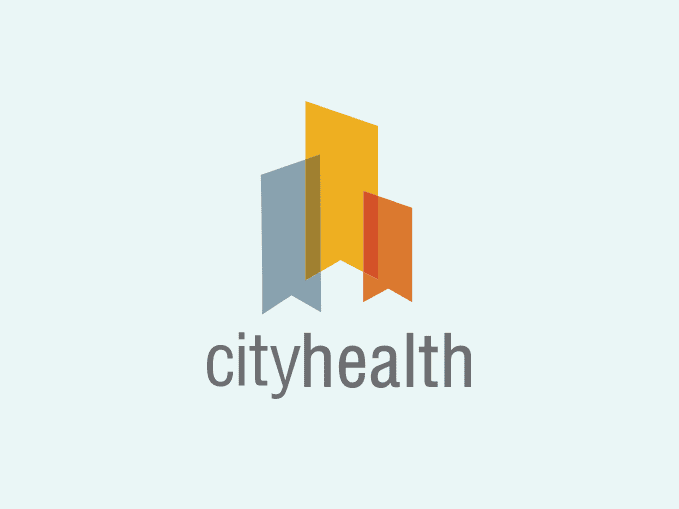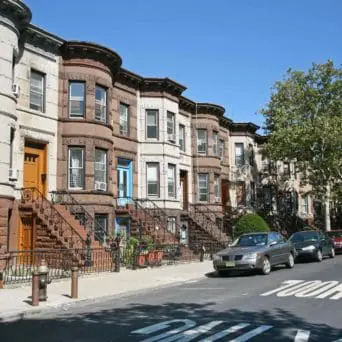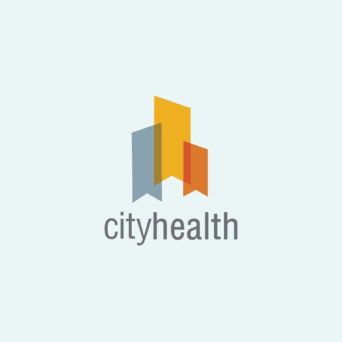Growing evidence cited in Health Affairs’ recent series of Health Policy Briefs and elsewhere indicates that safe, affordable housing is necessary to improve health. These points include reducing exposure to toxins, boosting mental health, and freeing up a greater share of a family’s income for health care and food.
Local policy can be a major driver of affordable housing. It can also create displacement and market failure, which are all too present in many cities. Local housing laws target three major policy objectives: protecting low-income people from eviction by reserving space for affordable units, creating new affordable units, or preserving affordable housing stock.
CityHealth, an initiative of the de Beaumont Foundation and Kaiser Permanente, assesses the largest US cities on nine evidence-based policies that can create healthier communities that thrive. Recognizing housing as a determinant of health and overall quality of life, CityHealth spent more than a year considering a range of pragmatic policy options available to city leaders that could improve the quality, availability, and affordability of housing in urban settings. It found that no single policy is a cure-all for the highly variable housing challenges facing cities, but that inclusionary zoning is one tool that must be part of a larger and more comprehensive toolbox, ensuring safe, stable, and affordable housing. It is an important indicator of a city’s commitment to producing affordable options alongside new development and growth.




